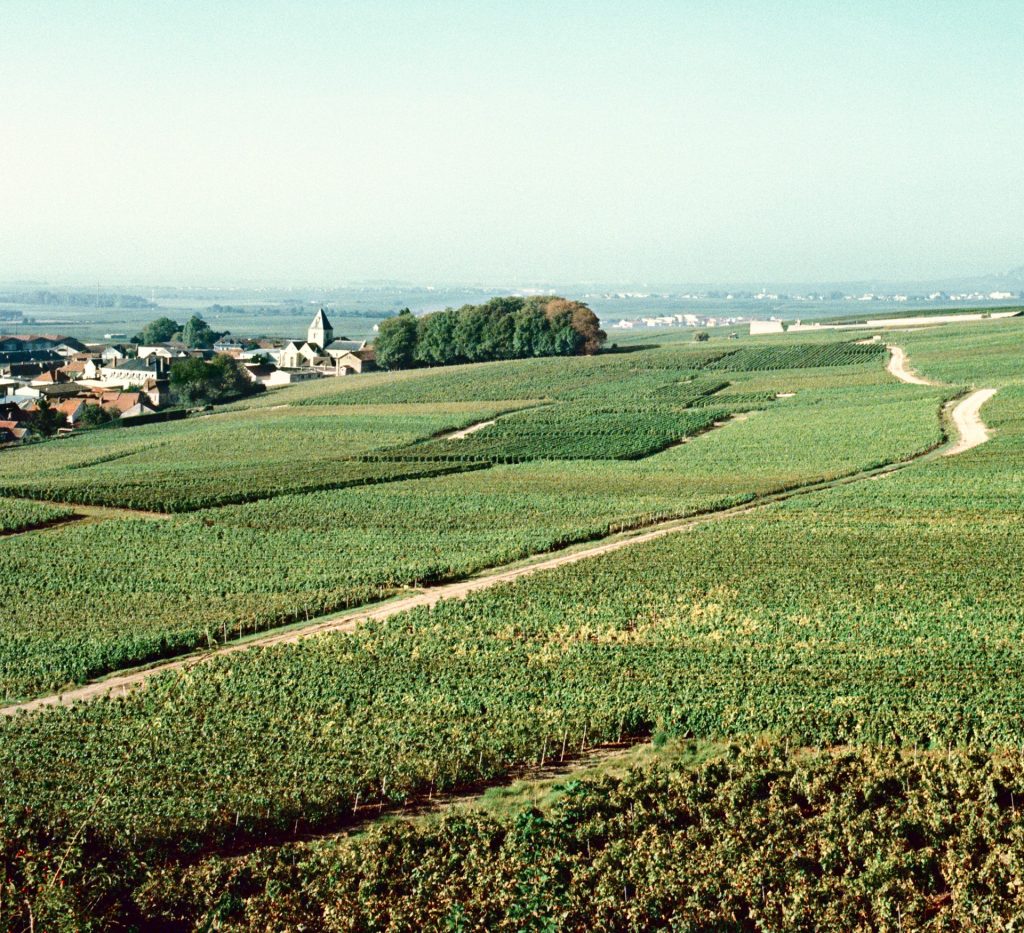Artisan Champagne: a report from the region
Author: Davy Żyw

Last month, several colleagues from Berry Bros. & Rudd embarked on a whirlwind tour of Champagne. During the course of a productive, if unseasonably chilly, week together, they discovered new partners, unlocked potential for our Asian markets, and reinforced existing relationships. Here, Champagne Buyer Davy Zyw explains more.
It was a pleasure to once again have my feet back on the deep chalk soils of Champagne’s Marne region. I’m always inspired by the calibre of producers we work with here: as many of you know, this is a place rich with beauty, history, and varied terroir.
Yet despite its wealth of quality and diversity, it is a region often appreciated through far too narrow a lens. Even in 2024, there is more to be found, both in the commercial and the natural landscape of Champagne. The views of the region are beautiful, if not as dramatic as some wine regions. But there is plenty of magic, both above ground and below.
It’s a region of exuberant characters, of some of the wine world’s most treasured stories. Its vineyards’ roots, deep in the chalky bedrock, are capable of some of the world’s greatest wines.
Sampling new artisan Champagne
We tasted some outstanding wines during our visits. The current base vintages are on a roll of podium-worthy quality: solar 2018s, intense 2019s and focused 2020s. One of Champagne’s many traits is its capacity to age, and some producers are still releasing back-vintages: we tasted confident 2014s, small-yielding 2015s and 2016s, and even some opulent 2012s and cool 2013s – my personal favourite. These will season our Artisan Champagne offer this year.
Over my last few visits, I have noticed a shift away from wines built on multi-vintage bases, from complexities gained from secondary fermentation, or extended lees ageing. Instead, the best Champagnes of the week were wines made to focus and expose vineyards: details of the varieties grown there, and the hallmarks of the vintage in each.
There were some takeaways from work in the cellars too. A few years ago, only the most experimental or avant-garde producers were keeping still wines in more neutral vessels: glass, ceramic, old barrels or concrete. Often, these were the wines kept on lees for more than 12 months, prior to their secondary fermentation.
Now, these tactics are increasingly common. The wines are more confident and fuller from it. Was this always possible, 10 or 20 years ago? No – it was too cold, the wines generally too thin and acidic.
Today, I believe we’re entering a golden age, where the warmer climate benefits quality. But this won’t last forever.
Champagne’s changing climate
All the best producers we visited are linked by organic or sustainable viticultural practices. They approach climate change with open minds, with willingness to adapt, to protect and build resilience. They still want to produce the best wine they can.
There is a generational focus on sustainable viticulture – 68% of the area under vine is now sustainably farmed, and 44% holds VDC certification. This is targeted to become 100% by 2030.
Individual vineyard quality is encouraged. Often, those certified are the younger generation, who are choosing to farm and produce their own Champagnes from their own vines, rather than selling grapes to co-operatives, or to Grands Marques as generations before them did.
Within this generational shift, there are a huge number of new producers who share an invigorated enthusiasm, helping shape their own narratives and creating wines of unique expression.
It is such an exciting time for the Champagne region, and I’m looking forward to sharing these wines with you soon. We came away from the trip with new producers in our portfolio, as well as new opportunities for our Hong Kong, Singapore, Japan and United Kingdom businesses. Stay tuned for our upcoming offer.
Our Artisan Champagne offer is now live. To browse the full range, please click here.


